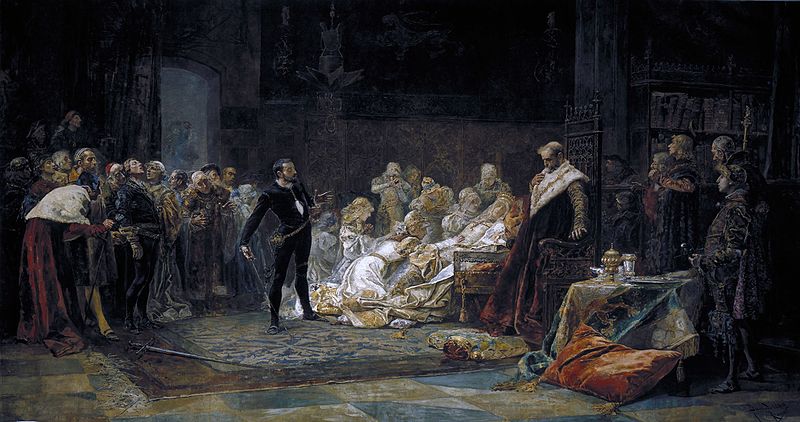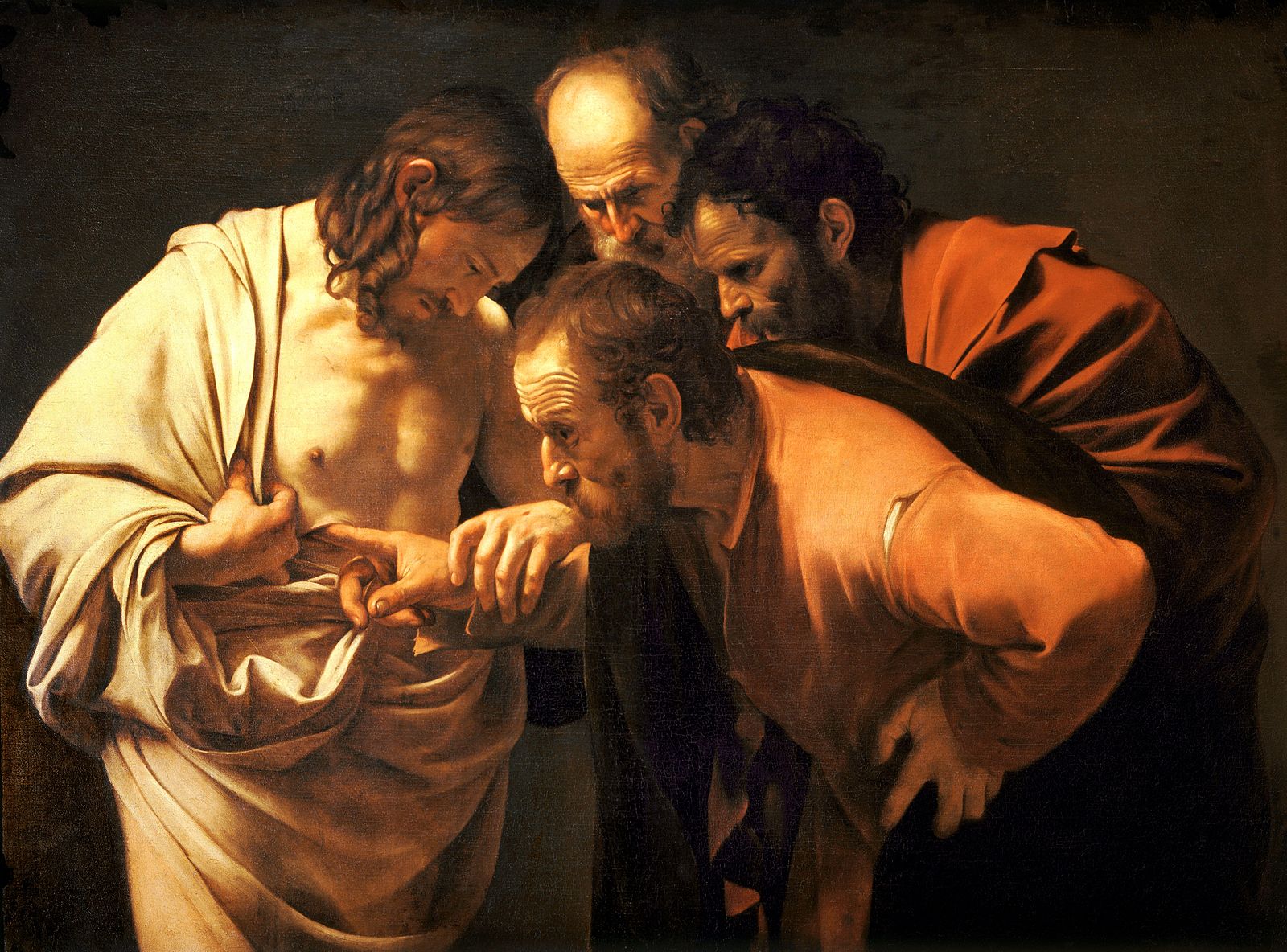My work began with thinking about the insides of the body. I wrote my first book, Shakespeare’s Entrails, while I was working as a doctoral student at Harvard, and I was pretty isolated. The one thing that got me out of isolation was playing lots of basketball, and the relation between being very embodied on the basketball court and being rather disembodied in the library, working with books, gnawed at me. I wanted to bring the body back into the text.
Shakespeare was interested in a fantasy of the body, of what is inside the body. Hamlet imagines that there is something inside the body that is beyond access to anyone else but him. He says: ‘But I have that within which passeth show, / These but the trappings and the suits of woe.’ In other words, wearing black, shedding tears and so on are ‘actions that a man might play’, as Hamlet says; they are external ways of mourning a father. But that ‘within which passeth show’ is what is inaccessible to knowledge, especially to knowledge of other people. There is a relationship between knowledge and embodiment which is paradigmatic.
Scepticism and the body
Scepticism about others, about who they really are, is a scepticism about what is going on inside them. People can reveal all sorts of things on the outside, but there can be no proof that those things are the same on the inside. One’s gestures of love or admiration or disgust can be performed; they are ‘actions that a man might play’. Shakespeare was clearly interested in the relationship between what can be performed – what can be simply external – and what is internal, partly because he was a man of the stage. Actors can have one thing going on inside and a different thing going on outside. And yet, can they really?
There’s a relationship between acknowledgment of the other and knowledge of the other, which plays out through the body. Hamlet is a character who is very sceptical and constantly trying to prove things about others. He puts on the play about Claudius to catch the conscience of the king. Hamlet says, ‘I’ll tent him to the quick’, meaning he will probe him. A tent is a surgical instrument; to the quick means to the centre of the body, to the heart of him. Hamlet idealises the inside of the body, and this is part of his problem. He doesn’t trust. This leads us into the psychoanalytic areas of trust, autonomy and relationship to otherness.
Shakespeare was writing at a turning point in Western civilisation. It was the cusp of the Scientific Revolution; it was a society riven by religious turmoil and schisms. Things had not quite tipped over into the Enlightenment thinking that would come in the 17th century and continue into the 18th century. There was a very careful balance in this period between religious belief and scientific rationality.
At the beginning of the 16th century, Luther says that belief lies under the left nipple – in other words, in the heart. Belief is an internal bodily phenomenon which relates to the interior. One simply believes. When Thomas the Apostle, or Doubting Thomas, is allowed to touch the inside of Christ’s body, that is a paradigmatic sceptical action: wanting to access the other’s interior in order to know something.
The 16th century was full of a growing impetus to know things about the world and the body. Anatomy was one of the preeminent sciences of the time. Shakespeare was writing at this point where Catholicism and Protestantism were in a tussle for control of Western Europe.
Consider the difference between a Catholic acceptance of the continuity between the inside and the outside of the body, and the Protestant beginnings of rejection of that continuity, which grows into the Scientific Revolution. There is a continuity between Protestantism and this emergence of a scientific episteme, which wants more and more knowledge, which wants to be able to access what is going on within in order to prove things. Shakespeare is writing with a premonition of this coming scientific episteme, but he is also still within a Catholic world of belief and acceptance of the continuity between the internal and the external.
Separating fact from fiction
I’m not trying to build a biographical understanding of Shakespeare as a Catholic. A lot has been written about his father’s possible Catholicism. In a sense, the biographical questions about Shakespeare don’t interest me, partly because we can’t know very much about Shakespeare. There is a very limited amount of biographical information.
Even if we were to suddenly come across a treasure trove of materials on Shakespeare’s life – even if we had the possibility to reincarnate Shakespeare, ask him questions and receive his honest answers – that would still not go very far in explaining the plays or helping us to experience the plays. It would delimit us, in fact, in ways that I wouldn’t welcome.
That wouldn’t illuminate the plays in ways that are greater than the illumination of simply engaging with the plays themselves. One of the first questions I’m always asked by laypeople about Shakespeare is: did he write the plays or didn’t he? I simply shrug. That question is not one that is of great interest to me.
Shakespeare thinks differently about men’s and women’s bodies, not so much in terms of what is inside the body but in terms of scepticism about the body. His sceptics – and these are very embodied sceptics – are almost all male. Leontes, Hamlet, Othello and Iago are all characters who doubt that the interior of the other’s body is expressed accurately, truly, by the exterior.
Shakespeare thinks of this sceptical attitude as primarily a masculine attitude, and he thinks of the addressee of this attitude, the victim, as primarily female: Desdemona, Hermione, Ophelia, Cressida. These characters are mistrusted by male characters who want to get beyond the apparent exterior to know more about the interior of the woman’s body.
From a psychoanalytic point of view, one can understand this as a manifestation of the doubt about paternity versus the doubt about maternity. Freud has written about pater incertus, the uncertainty of paternity, the separation by nine months from birth. Before the days of DNA, one could only trust that a child was one’s own. You can look, as Leontes does in The Winter’s Tale, at the size of someone’s nose or the shape of their face and say that looks like me, or that doesn’t look like me.
Essentially, acknowledging something about the other is a matter of belief, of trust, of faith, not a matter of knowing. It’s not an epistemological empirical attitude. Shakespeare is somewhat feminist in his understanding that this attitude to others is primarily a male attitude – one which leads to tragedy in these plays over and over. If one doesn’t trust the other, one has to open them up to know what’s inside them.


